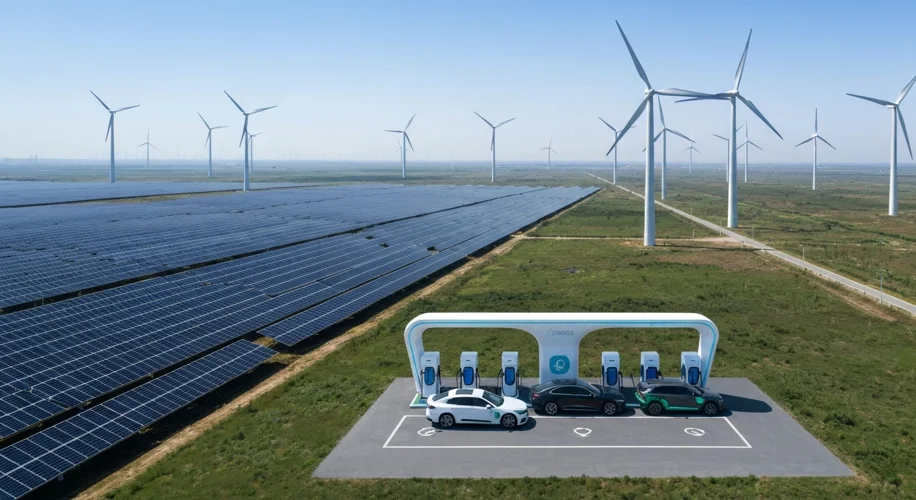As of August 13, 2025, it’s clear we’re witnessing a significant global energy shift, and China is at its forefront. My years spent sifting through historical technological archives have shown me how fundamental changes in energy infrastructure can reshape economies and societies. Today, China’s massive investments in renewable energy – particularly solar, wind, and electric vehicles – are accelerating the decline of the fossil fuel era. This isn’t just about environmental goals; it’s about positioning the nation as a leader in what could be called an ‘electrostste.’
This transition has profound implications. We’re already seeing its impact on global emissions and the demand for oil. Projections suggest China might reach its peak oil consumption as early as 2027. This is a remarkable acceleration, especially when you consider the historical reliance on fossil fuels that powered industrial revolutions of the past.
Looking back, energy sources have always dictated the pace of technological advancement. From coal powering steam engines to oil fueling the internal combustion engine, each major energy shift brought about new industries and global power dynamics. The move towards electricity, particularly from renewable sources, is the next major chapter. China’s commitment to this transition is evident in its sheer scale of deployment. It’s not merely adopting new technologies; it’s building the infrastructure for them at an unprecedented pace.
The development of large-scale solar farms and offshore wind turbines, coupled with a burgeoning electric vehicle market, signifies a strategic pivot. This is not just about manufacturing; it’s about creating an entire ecosystem of energy production, storage, and consumption that is fundamentally electric.
Consider the history of electrification itself. Early pioneers like Thomas Edison and Nikola Tesla worked to build the electrical grids that powered cities. What China is doing now is akin to building a new, decentralized, and clean version of that initial electrical infrastructure on a global scale. The sheer volume of solar panels and wind turbines being installed is a testament to this ambition.
This proactive approach to energy transition means China is not only reducing its own reliance on imported fossil fuels but is also becoming a primary supplier of the technologies that underpin this new energy paradigm. The history of technological innovation often shows that early adopters and mass producers gain a significant advantage. It’s fascinating to see how this pattern is playing out in the clean energy sector today.
While the world grapples with the complexities of decarbonization, China’s determined push towards an electrified future is a compelling case study. It demonstrates how focused investment and infrastructure development can lead to rapid technological adoption and a significant shift in global energy dynamics. This move towards an ‘electrostste’ is more than just a trend; it’s a fundamental reshaping of how the world will be powered.

